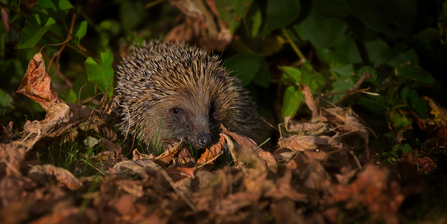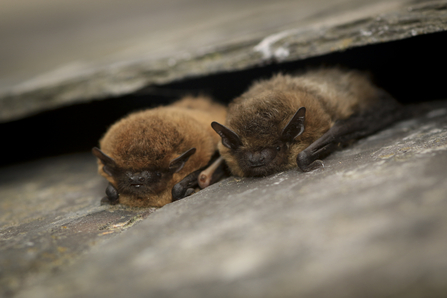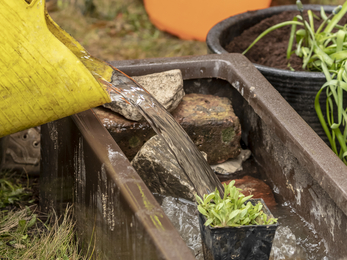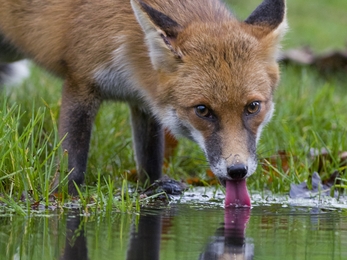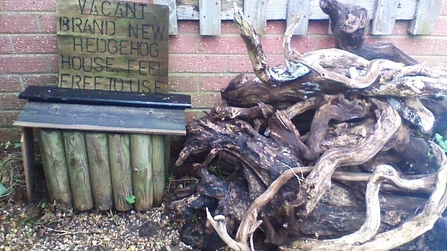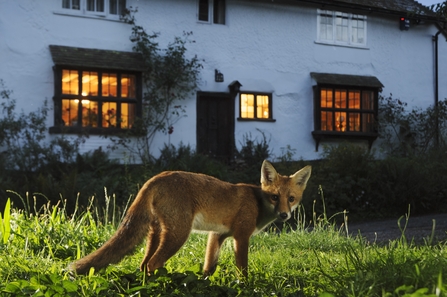There’s lots we can all do to help wildlife in our gardens and outdoor spaces, and whilst many of us set about gardening as a daytime activity, action in the wild world continues to unfold while most of us are fast asleep. And it’s easy to help support nature at night-time by incorporating some simple, nocturnal nature-friendly ideas into our spaces.
Read on to find out how you can help make space for nature at night-time, regardless of the area you have available. Even small changes can make a big difference.


